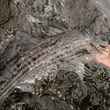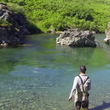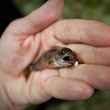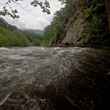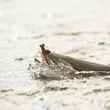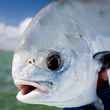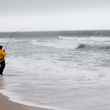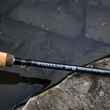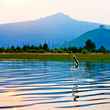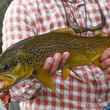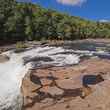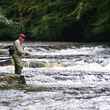If there's one thing citizens of modern America have learned to only partially take to heart, it is rhetoric from elected and appointed officials. But, if opponents of Pebble Mine can take EPA head Gina McCarthy's most recent words about Bristol Bay to heart, they may soon have something to celebrate.
McCarthy spoke at Trout Unlimited's annual membership meeting today, where she made some significant statements regarding Bristol Bay and Pebble Mine. McCarthy stated, "I know and you know that [Bristol Bay] is the premiere--in the world--sockeye salmon fishery and we are going to make sure that that is not impacted by any development in that area. That's what we have to do. That's our job."



